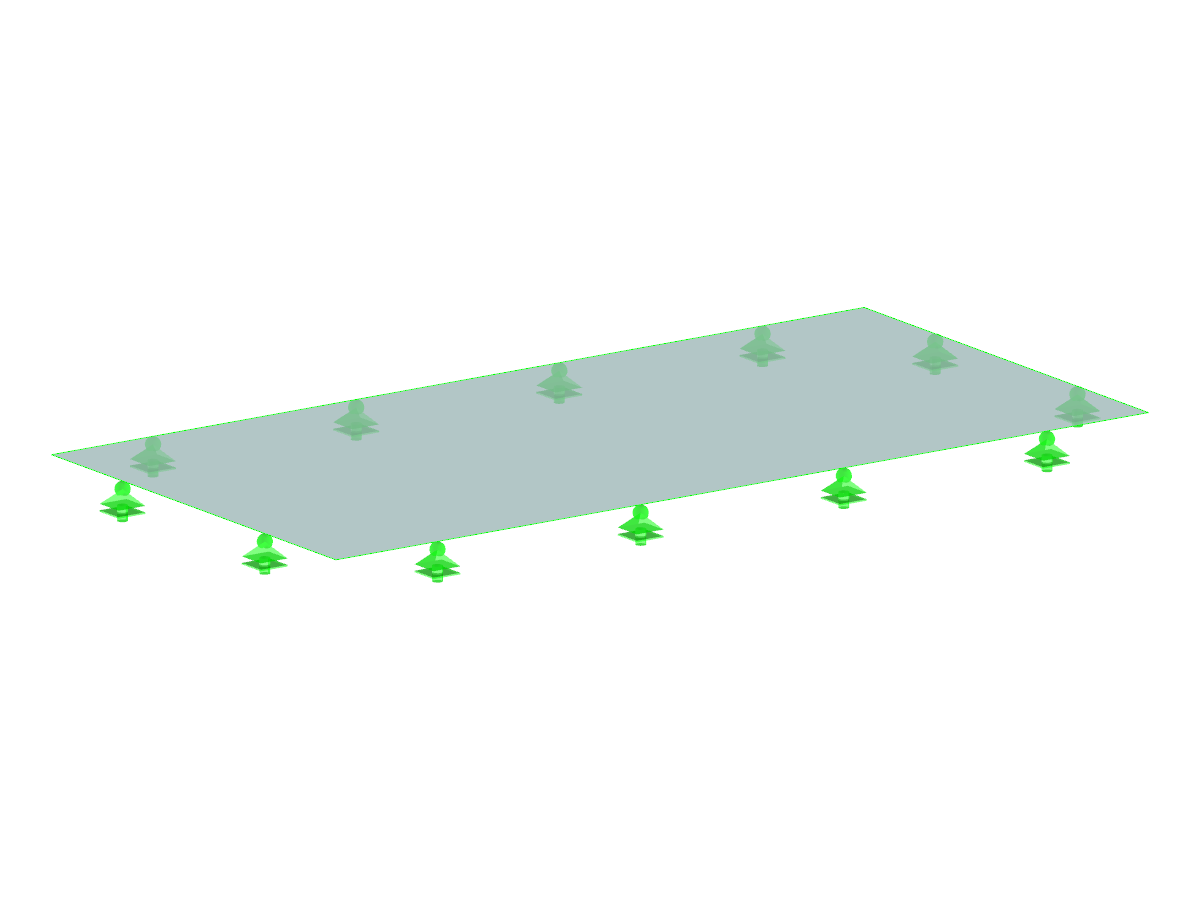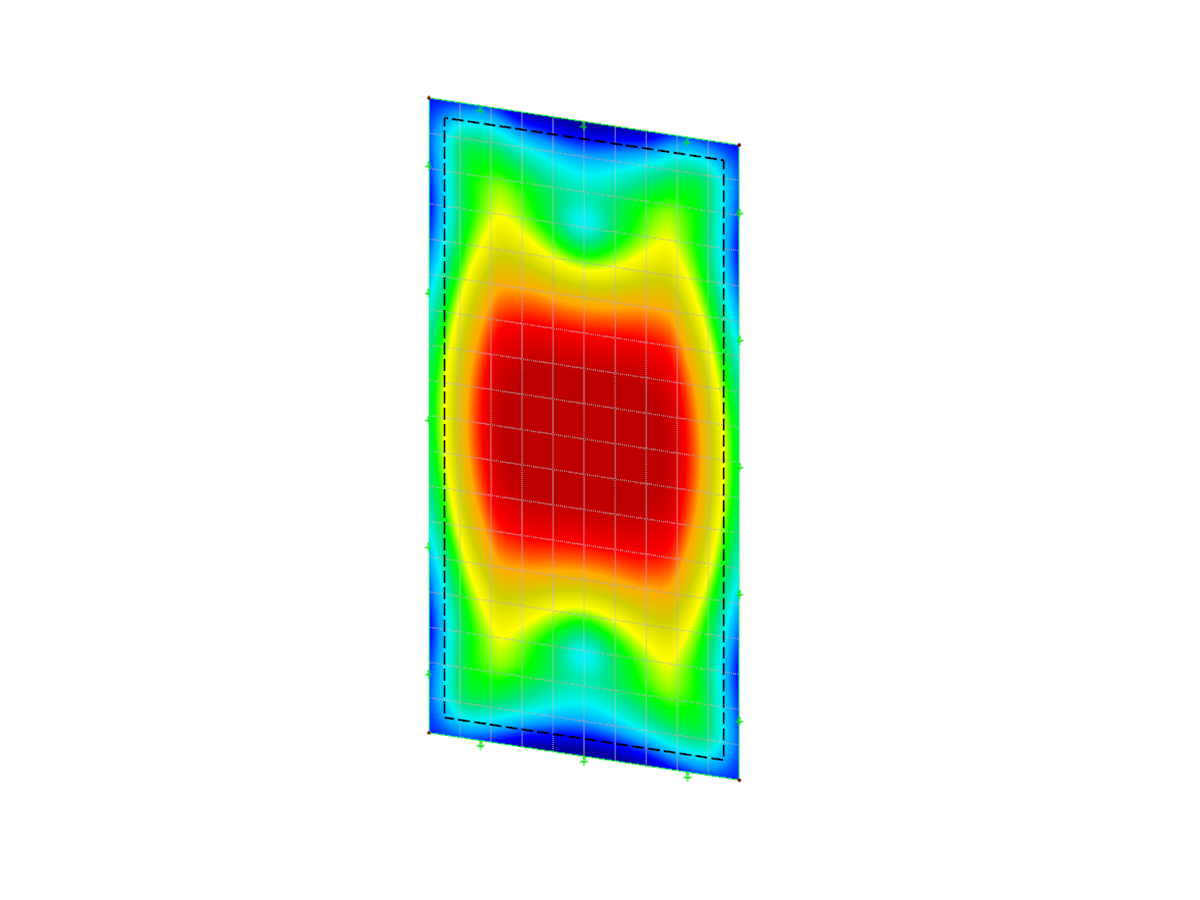The geometrically nonlinear flattening process transfers the real mesh geometry of the planar, buckled, curved, or double-curved surface components from the selected set of cutting patterns, and flattens these planar components by minimizing the distortion energy, assuming the defined material behavior.
The iterative calculation used for this is controlled by the parameters in the "Calculation Parameters" menu, "Cutting Patterns" tab.
The "Maximum number of iterations" parameter limits the scope of the calculation, and stops the process when the set maximum iteration is reached. If the convergence criterion does not depend on the "Tolerance for convergence criteria" parameter in the convergence range when the maximum iteration has been reached, the program displays Error 10154.
If there is no error message displayed by the program, it is reasonable to assume the proper convergence.
You can usually resolve the error by adjusting the flattening geometry or increasing the maximum number of iterations.
























.png?mw=350&hash=a99dfecd6a7cd7b7c8098c3556e57edf150f9731)

















-querkraft-hertha-hurnaus.jpg?mw=350&hash=3306957537863c7a7dc17160e2ced5806b35a7fb)







